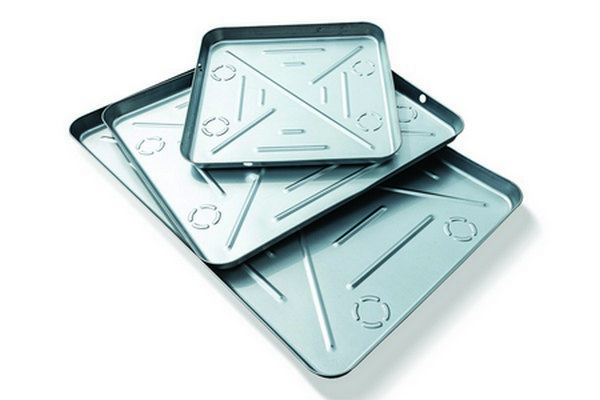ArchiveHVACIndustry News
Modine Offers Free, Accredited HVAC Courses at AHR Expo
Modine is offering a full schedule of CEU courses at AHR Expo in Chicago, Illinois, Jan. 26-28. Classes presented by Modine provide professional development opportunities and cover a variety of industry-related concepts. Each of the accredited presentations is approved by the Milwaukee School of Engineering and gives participants 0.1 Continuing Education Units. To register for the free classes, visit www.modinehvac.com/ahrexpo2015.
Whether industry pros are looking for heating solutions to warm a small garage, or a system with the capacity to heat and cool an entire building, Modine offers a full range of efficient, reliable HVAC solutions.
Modine’s course list includes:
- Dedicated outside air system basics
- Advancements in energy recovery for DOAS
- Gas-fired, commercial heating equipment
- Sound principles of HVAC equipment
- Geothermal: Things you don’t know can hurt you
- Proper start-up and commissioning of a geothermal installation



